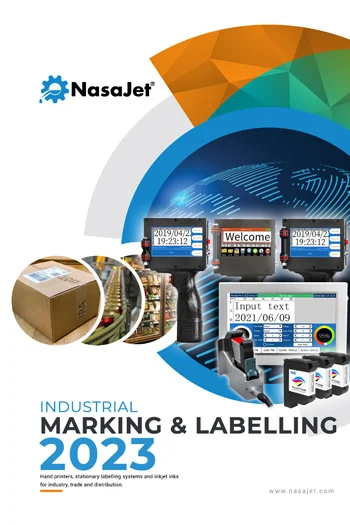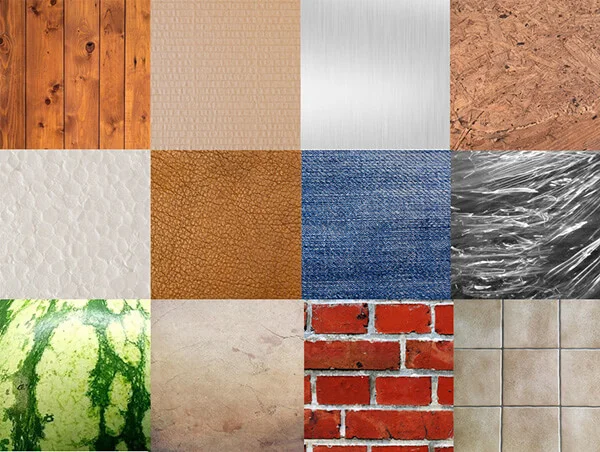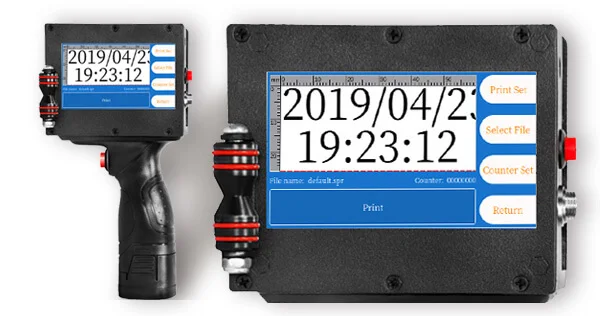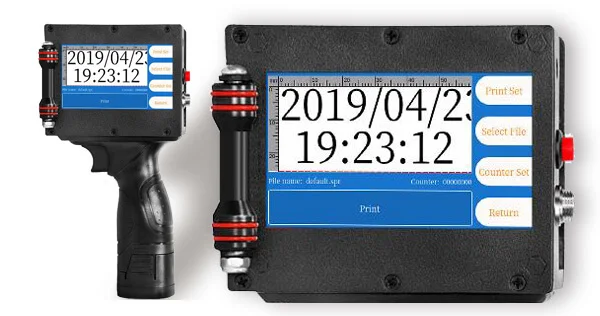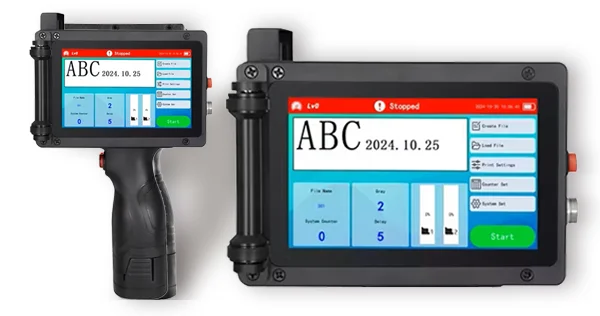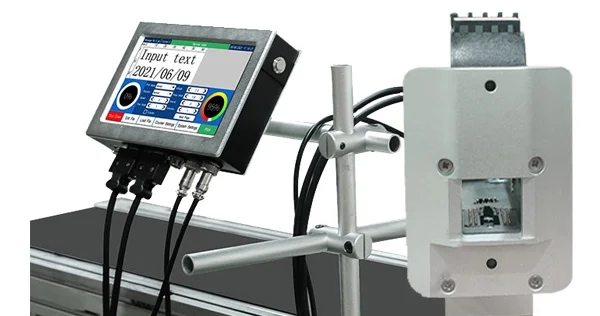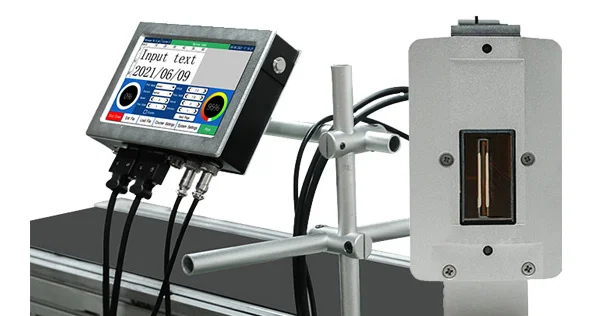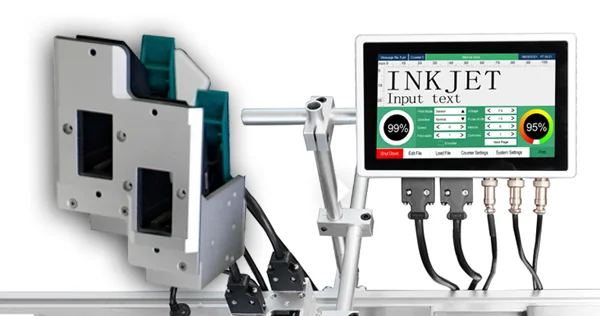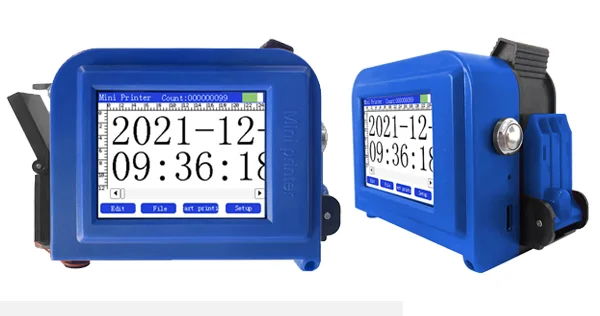-
Geotechtronics GmbH
Pollinger Str. 3 • D-82362 Weilheim i.OB -
Office hours
Mo-Sa: 9:00-18:00
Printing styrofoam (polystyrene) with a printer is easy - with the NasaJet®.
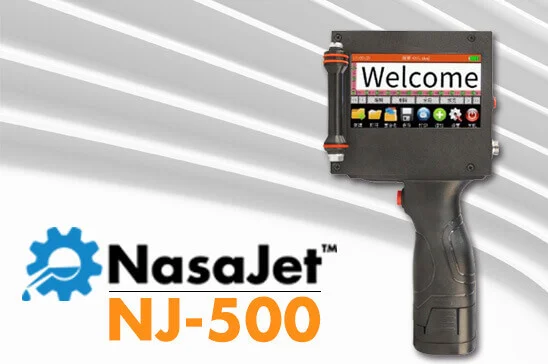
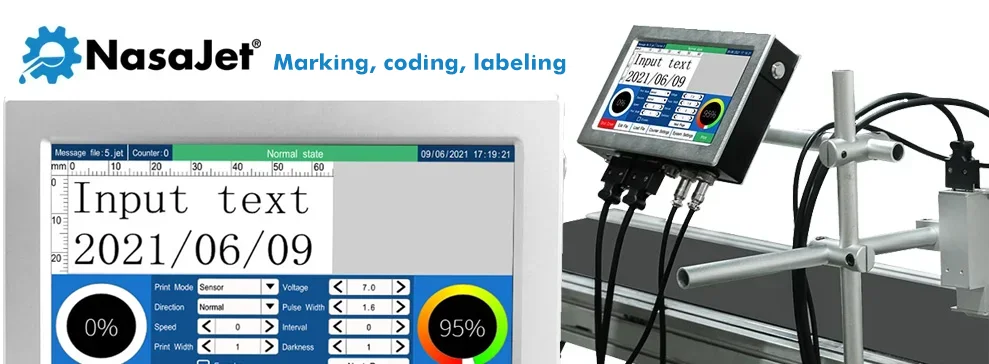
Polystyrene (trade name: Styrofoam) does not have a particularly good reputation from an environmental protection point of view, but in terms of material technology it is today nevertheless still one of the most frequent auxiliary materials with the packing world-wide. Especially to secure sensitive, electronic articles, there is still no substitute that can combine the same amount of excellent properties. Styrofoam flakes can be replaced quite well with compostable (even edible) starch flakes. flakes made of starch, but these are only suitable to a limited extent for large and stable, pre-pressed molds. In addition, the same applies here as in the Food-to-tank" dilemma: Should you "misuse food" as long as you still find global hunger?
Styrofoam will therefore continue to play an important role in industry in one form or another for some time to come. Labeling and printing of Styrofoam will therefore remain an important issue in the manufacturing chain.
For the inscription of Styrofoam one switches gladly to adhesive labels or even handwritten markings, because the Styrofoam parts are usually irregularly shaped and also usually have a large volume, which makes labeling difficult, for example, on the assembly line. The light weight is also a problem when printing. In the case of non-contact printing, the Styropor parts can easily shift, or they must be fixed separately. Due to their design, thermal inkjet systems (TIJ) with their non-contact printing principle are therefore ideally suited for Styrofoam printing.
Styrofoam printing with inkjet guns
An inkjet gun is ideal for printing styrofoam (polystyrene) or other rigid foam compounds (polyvinyl chloride PVC, polyurethane) quickly, effectively and inexpensively. In contrast to using pre-printed and pre-pressed styrofoam, the exact printing location can be freely selected or even changed once at short notice if this should be necessary. It also allows labels to be added spontaneously without having to produce the packaging material itself from scratch. In monochrome (single-color) printing, the inkjet process can also be used very economically and cost-effectively. In contrast to inkjet printing on a PC at home, the TIJ process does not produce colors by mixing the basic colors. It is always printed with individual colors, which allows better recording of consumption and consumption planning. Ink with a wide variety of properties and qualities, such as waterproof, smudge-proof or fluorescent, can be purchased comparatively cheaply today thanks to the large number of manufacturers and suppliers. Food-safe inks are also available, which is interesting for applications in which the polystyrene comes into direct contact with these - for example, in the fish and meat industry or with refrigerated foods in general. Problems from the home sector, such as dried ink or clogged ink nozzles, are rare in the commercial and industrial sector, as the devices are used practically every day. For quick and easy printing of Styrofoam and Styrofoam packaging in small to medium batches, there is currently no better solution than a handheld inkjet printer.
NasaJet® handheld printer for styrofoam and packaging
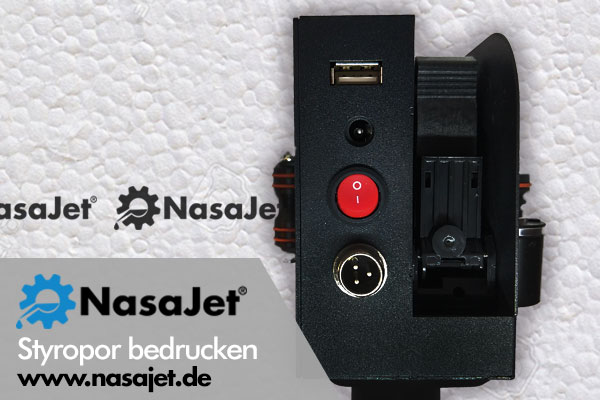
The NasaJet® handheld printer is the right choice if you frequently need to print on packaging made of Styrofoam. In the warehouse, in production or in the store, the mobile hand printer can quickly and economically provide anything with any data or even images and barcodes (QR codes). Likewise, the principle is suitable for almost all other solid materials, be it metal, wood, stone or of course just paper and cardboard. It is thus easily possible to carry out different markings with a single device, where previously several where previously it may have taken several printing passes in a production line. With its comparatively low purchase price and robust inkjet technology, the NasaJet® is ideal for continuous commercial use. The feature set - multi-line printing, printing of images, barcodes or sequential numbers - is on a par with much more expensive competing products. Print templates are created quickly and conveniently directly on the device with the help of the built-in touchscreen, and are also saved there. Graphics and logos can be transferred to the device via USB stick.
NasaJet® NJ-2000 marking system
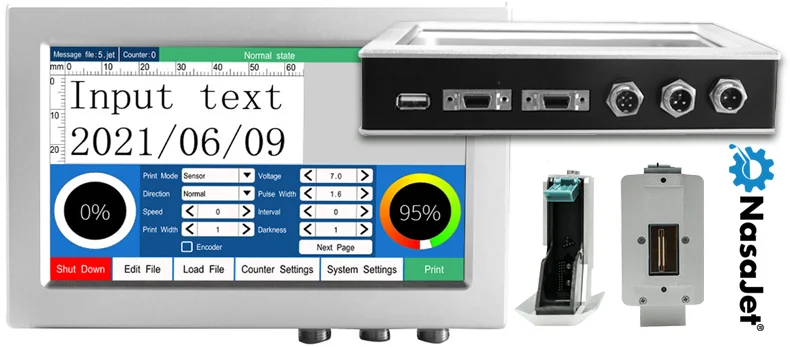
Even for larger production quantities and existing production facilities, we offer the NasaJet® NJ-2000, a professional and yet economical
yet economical marking system for printing on Styrofoam. The separate control and printing units of the NasaJet® NJ-2000
allow quick and easy installation into existing productions with a maximum printing speed of up to 60m per minute. The print units can be
flexibly positioned to allow simultaneous printing of different pages at the same time.
The control unit allows the creation of even
complex print templates directly via the built-in touch screen. The printing of styrofoam with necessary information such
as expiration date, serial numbers or barcodes is thus possible in a fully automated manner. And the labeling costs remain economical.
We will be happy to answer any questions you may have about our NasaJet® systems for printing on Styrofoam.






